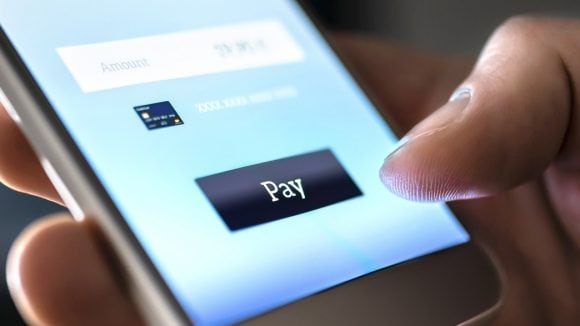Financials
Top Themes in Payments & FinTech
Our top themes are the culmination of 4+ years of industry immersion and coverage of the sector across two continents.

![]()
header.search.error
Financials
Our top themes are the culmination of 4+ years of industry immersion and coverage of the sector across two continents.

The world of payments and FinTech has changed significantly over the last 5 years, and more than ever there is uncertainty around the future end-state of Payments & FinTech. We suggest all 40 themes we cover are important to dig into, but note particular attention to:
Theme #1: Beginnings of Europe’s convergence of Software & Payments
We believe the next 5-10 years of above-market growth in payment processing in Europe will be driven by the shift to software-led payments. The majority of the payment processing relationships remained with banks (~50%), as a traditional extension of common banking merchant services (such as accounts, lending, treasury, etc.). Increases in penetration are likely to be driven by greater adoption of software by merchants in the region (SaaS penetration). The setup for embedded payments in Europe is favourable –with a low starting point for penetration (~22% UBSe), but a high willingness of merchants to adopt solutions. The US is significantly more mature, currently sitting at > 50% penetration. We estimate software-led distribution will take ~11% of share from traditional channels between 2022-2026. The adoption of fintech into software is taking place first in vertical markets, likely because these markets typically tend to have winner-take-most dynamics (the software that can best serve the needs of the industry becomes the dominant solution).
Theme #2: Payments Commoditised? It’s not that simple…
There is a wide array of payments services used by the most technologically advanced software’s, marketplaces and internet companies, who can afford razor thin processing costs (due to scale) and require minimal value add services, as they either build them themselves or utilize best in class point solutions they orchestrate in. In the US, the competition payments is the fiercest (includes a number of independent processors and banks), with some of the largest global companies
Theme #3: A2A Payments gaining momentum
With Open Banking platforms focused on improving the user experience for Account-to-account (A2A) payments, we see increased potential for A2A payments to gain share over time:
Theme #4: Continued prevalence of bank-based acquirers in EMEA, APMs & LPMs becoming increasingly important
The European payments space remains very fragmented and traditional banks are likely to remain strong locally, serving regional operators and SMBs. More and more ecommerce volumes are migrating to APMs and LPMs. Alternative payment methods (APMs) often refer to methods other than traditional payment methods such as cash or card-based methods. Local payment methods (LPMs) typically refer to either card-based or alternative payment methods in local/regional markets. The acceptance of APMs and LPMs helps merchants increase sales (e.g., increase conversion for eCommerce sales) by providing customers with choice and enabling them to pay with their preferred payment methods. For merchants to reach an international audience, they need a local gateway that can offer customers preferred LPMs. We believe the number of payment methods over time will only increase, as legacy payment methods and schemes remain in place, and new ones pop up. There is also a growing need for ecommerce to integrate APMs and LPMs; it is estimated that ~55% of global ecommerce will be via digital wallets by 2026.
Authorized clients of UBS Investment Bank can log in to UBS Neo for the full access.